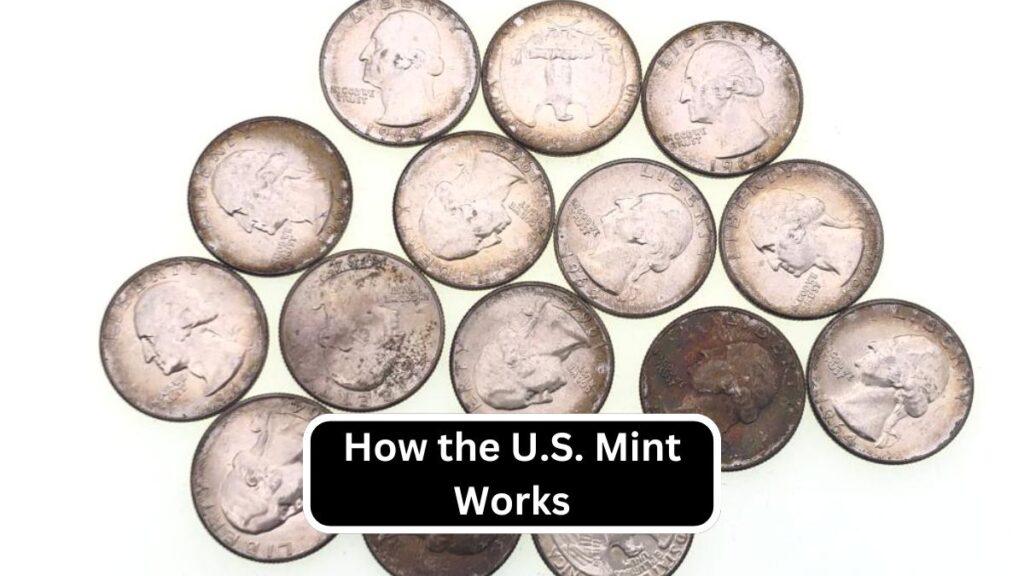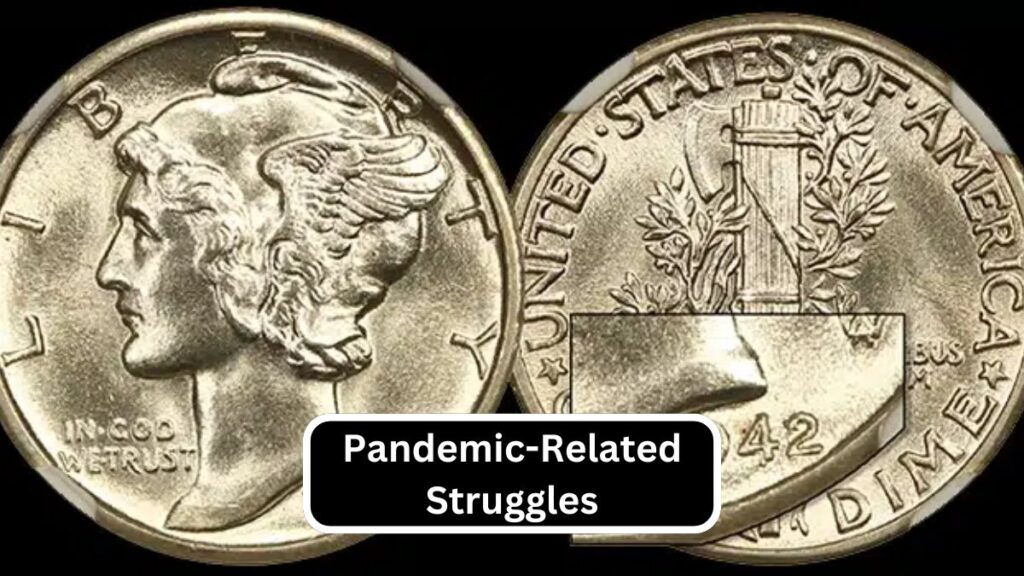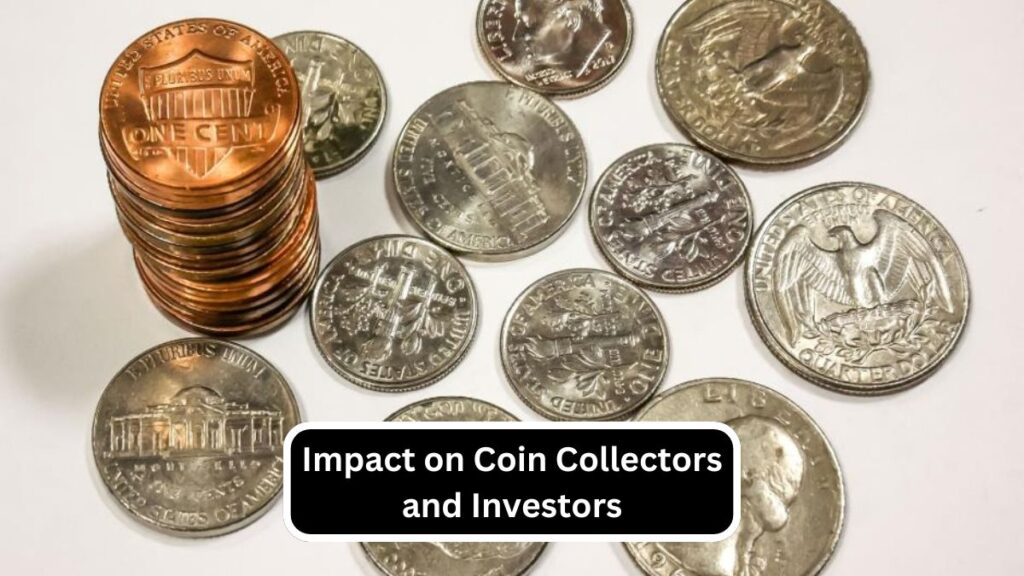The U.S. Mint plays a crucial role in producing coins and meeting public demand, but even a well-organized system can face challenges. In recent years, the Mint has had to address an unexpected surge in demand for coins, paired with difficulties caused by the COVID-19 pandemic. These factors pushed the Mint to adapt quickly to meet demand while keeping employees safe.
How the U.S. Mint Works

The U.S. Mint creates coins for circulation, collectibles, and bullion. They ensure there are enough coins for daily transactions while also satisfying collectors and investors. Normally, the Mint balances supply and demand using established production schedules.
The Challenges of a Demand Surge
During the pandemic, people started using more cash for transactions and hoarded coins, creating a shortage in circulation. At the same time, collectors and investors sought more bullion and commemorative coins. This demand spike strained the Mint’s production capacity.
Pandemic-Related Struggles

- Safety Protocols: To protect workers, the Mint had to reduce staff on-site, leading to slower production.
- Supply Chain Issues: Obtaining raw materials like silver and gold became harder, delaying production further.
- Shipping Delays: Delivering finished coins to buyers was slower than usual due to transportation issues.
| Aspect | Challenge | Solution/Action Taken |
|---|---|---|
| Coin Shortages | Increased demand for coins during the pandemic. | Ramped up production and prioritized the manufacturing of high-demand coins. |
| Employee Safety | Ensuring worker safety in production facilities. | Implemented safety protocols such as social distancing, reduced staff, and protective measures. |
| Supply Chain Issues | Difficulty sourcing raw materials like silver and gold. | Worked with suppliers to secure materials and adjusted production schedules accordingly. |
| Production Capacity | Reduced staff availability and operational limitations. | Focused on essential coin production and streamlined processes to maximize efficiency. |
| Demand Surge | Record-high demand for bullion coins. | Increased production capacity for bullion products and communicated with distributors to manage expectations. |
| Delays for Collectors | Delays in releasing commemorative and rare coins. | Regularly updated collectors about delays and adjusted release schedules to maintain transparency. |
| Shipping & Distribution | Logistics challenges due to transportation disruptions. | Partnered with carriers to mitigate delays and prioritized essential deliveries. |
| Public Communication | Managing public concerns about shortages and delays. | Provided timely updates and reassured customers through newsletters and announcements. |
| Financial Impact | Increased costs due to safety measures and production changes. | Balanced budgets while ensuring operational continuity and product availability. |
| Lessons Learned | Need for modernization and preparedness for emergencies. | Initiated plans to modernize systems and improve readiness for future challenges. |
How the Mint Responded
The U.S. Mint implemented several solutions to meet these challenges:
- Increased Production: They ramped up production whenever possible, especially for bullion coins.
- Prioritized Products: Focus shifted to the most in-demand coins, like American Eagles.
- Enhanced Communication: The Mint kept collectors informed about delays and expected release dates.
Impact on Coin Collectors and Investors

The high demand and limited supply caused prices for certain coins to rise significantly. Collectors had to deal with delayed shipments and limited availability. Meanwhile, investors saw bullion coins, like the Silver and Gold Eagles, become harder to find at reasonable prices.
Looking Ahead
The U.S. Mint is working to modernize its production and distribution systems to handle future challenges better. Lessons learned during the pandemic will likely influence how the Mint manages demand spikes and emergencies moving forward.
FAQs
Why did the U.S. Mint experience coin shortages during the pandemic?
The pandemic caused increased demand for coins as people began hoarding cash and using more coins for transactions. Combined with reduced production capacity due to safety protocols, this led to shortages.
How did the U.S. Mint ensure employee safety during the pandemic?
The Mint implemented strict safety protocols, such as reducing the number of staff on-site, enforcing social distancing, and using protective measures to minimize COVID-19 risks.
What steps did the U.S. Mint take to address the demand surge?
The Mint ramped up production when possible, prioritized high-demand products like bullion coins, and maintained communication with collectors and distributors about delays.
How did supply chain issues affect coin production?
The Mint faced difficulties in sourcing raw materials, like silver and gold, and experienced shipping delays, further impacting production timelines and availability.
Which coins were most affected by the demand surge?
Bullion coins, such as the American Silver and Gold Eagles, were highly sought after, making them some of the most impacted products during the surge.
The COVID-19 pandemic and a sudden demand surge tested the U.S. Mint’s ability to deliver coins. Despite these challenges, the Mint adapted and found ways to continue serving the public. For collectors and investors, the last few years have highlighted the importance of patience and adaptability in a changing market.














